How to protect soft fruits from birds, pests and other wildlife – 3 expert-approved ways to keep your crops safe, and what to avoid
From physical barriers to companion planting, these tips are well worth a try
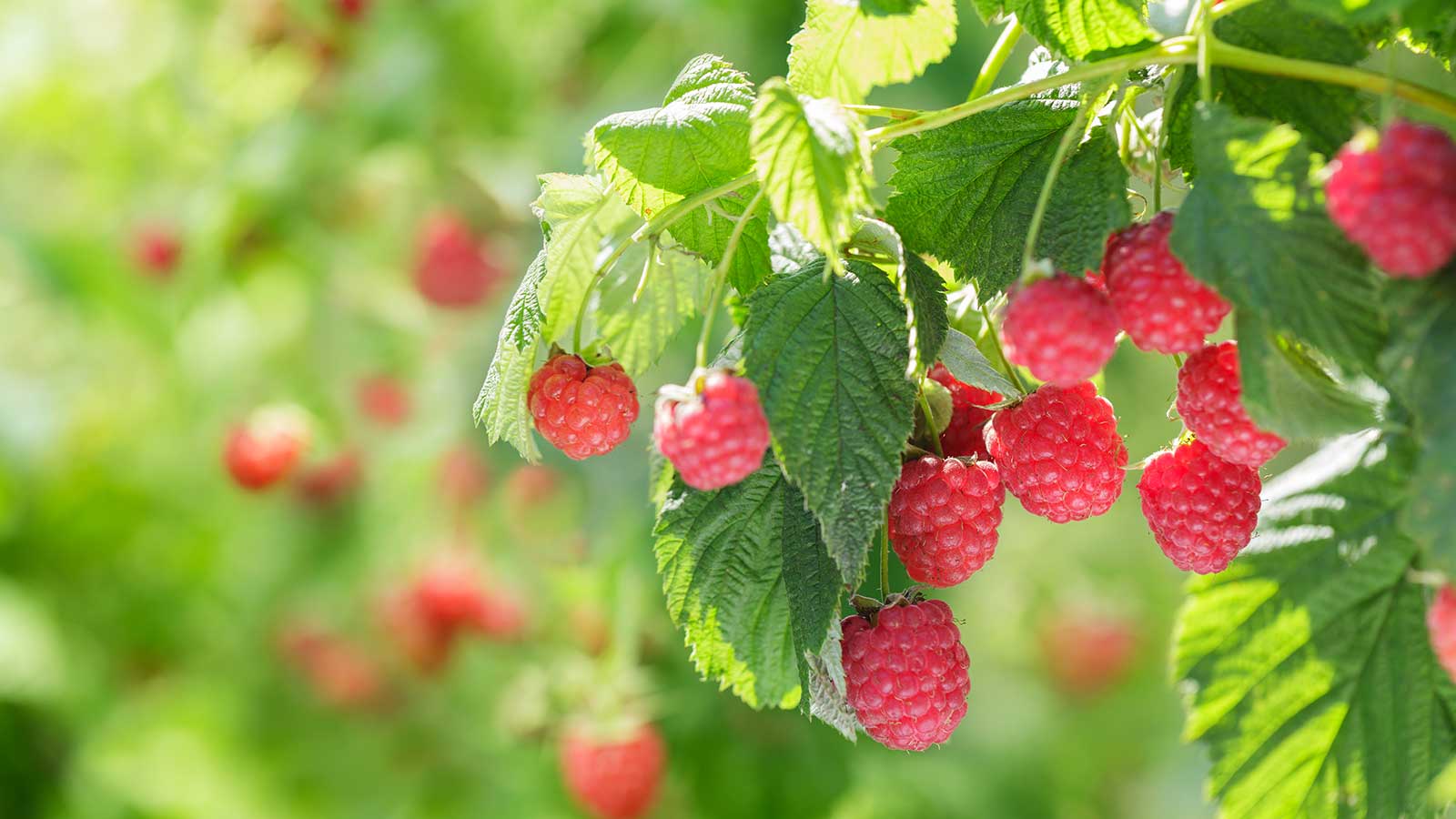

Soft fruits, such as raspberries, strawberries, and grapes, are some of the best summer crops. And if you're growing them yourself, the last thing you want is for an uninvited visitor to help themselves while your back is turned. Birds and other wildlife can make a beeline for these delicious treats – and insects can be a pain, too.
The good news is, there are a few effective pest control methods that will help keep interlopers away, allowing your fruits to ripen in peace. With these in place, you're more likely to be rewarded with a bumper crop once it's time to pick, making it well worth the effort.
I turned to gardening experts for their advice. Below, you'll find their suggested methods to try, including tips on timing.
Physical barriers
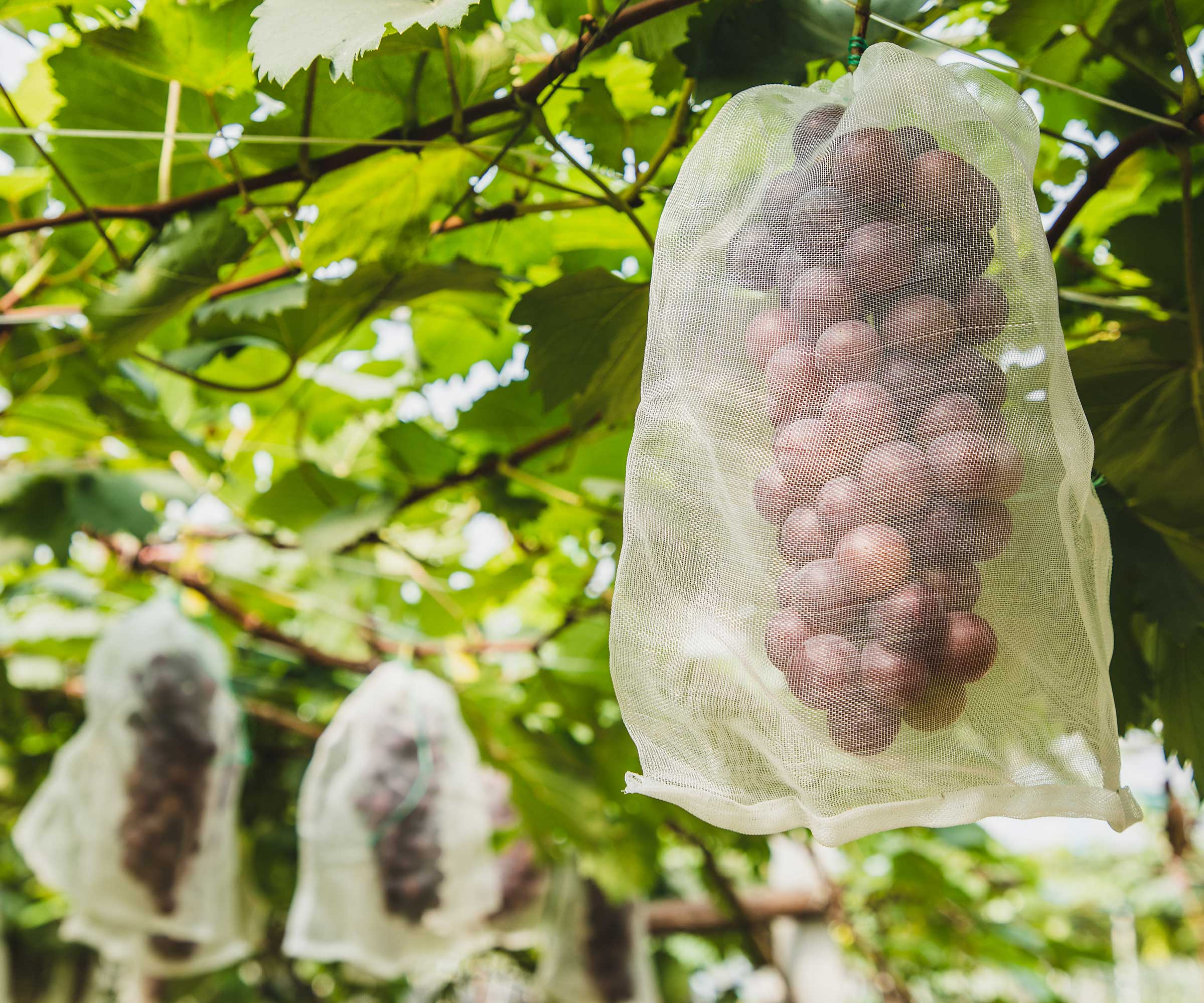
Mesh bags can be used to protect clusters of fruit
'Physical barriers are our greatest defense,' says Kiera Faulkner Jekos, garden designer and educator at Gardenwell.
She recommends using wildlife-safe netting, which is a mesh material with holes no larger than 5mm by 5mm, to prevent injury to birds and small mammals while still protecting your soft fruit.
'Be sure to secure it over a frame or hoops so that it doesn’t drape on plants. This prevents tangling and makes harvesting easier.'
Keep in mind that strawberries and raspberries are prone to mold in humid weather, as Kiera points out. 'To reduce the risk of rot and other issues, ensure any cover allows ventilation and any mesh is removed during wet spells or after the fruit has been harvested,' she advises.
Design expertise in your inbox – from inspiring decorating ideas and beautiful celebrity homes to practical gardening advice and shopping round-ups.
Alternatively, Kiera suggests using sturdy fruit cages, particularly for bush fruits such as currants, gooseberries, or strawberry beds.
Just remember to ensure there are no gaps in the netting or on the ground, as notes David Mizejewski, a naturalist with the National Wildlife Federation and author of Attracting Birds, Butterflies, and Other Backyard Wildlife (available from Amazon). This is because small birds can become trapped inside if there are openings, which can be distressing for both them and you, he warns.
A final method for creating a physical barrier is to install individual bags around the crops. 'For larger fruits that grow in clusters, such as grapes, or individual larger fruits like peaches and plums, bagging can be a tedious but very effective technique,' says Amy Enfield, senior horticulturist at ScottsMiracle-Gro.
'Small mesh bags, often made of nylon or organza, can be placed over individual clusters or fruits and tied securely at the stem.' These offer targeted protection from birds and many insect pests, such as Japanese beetles and some fruit flies, she explains.
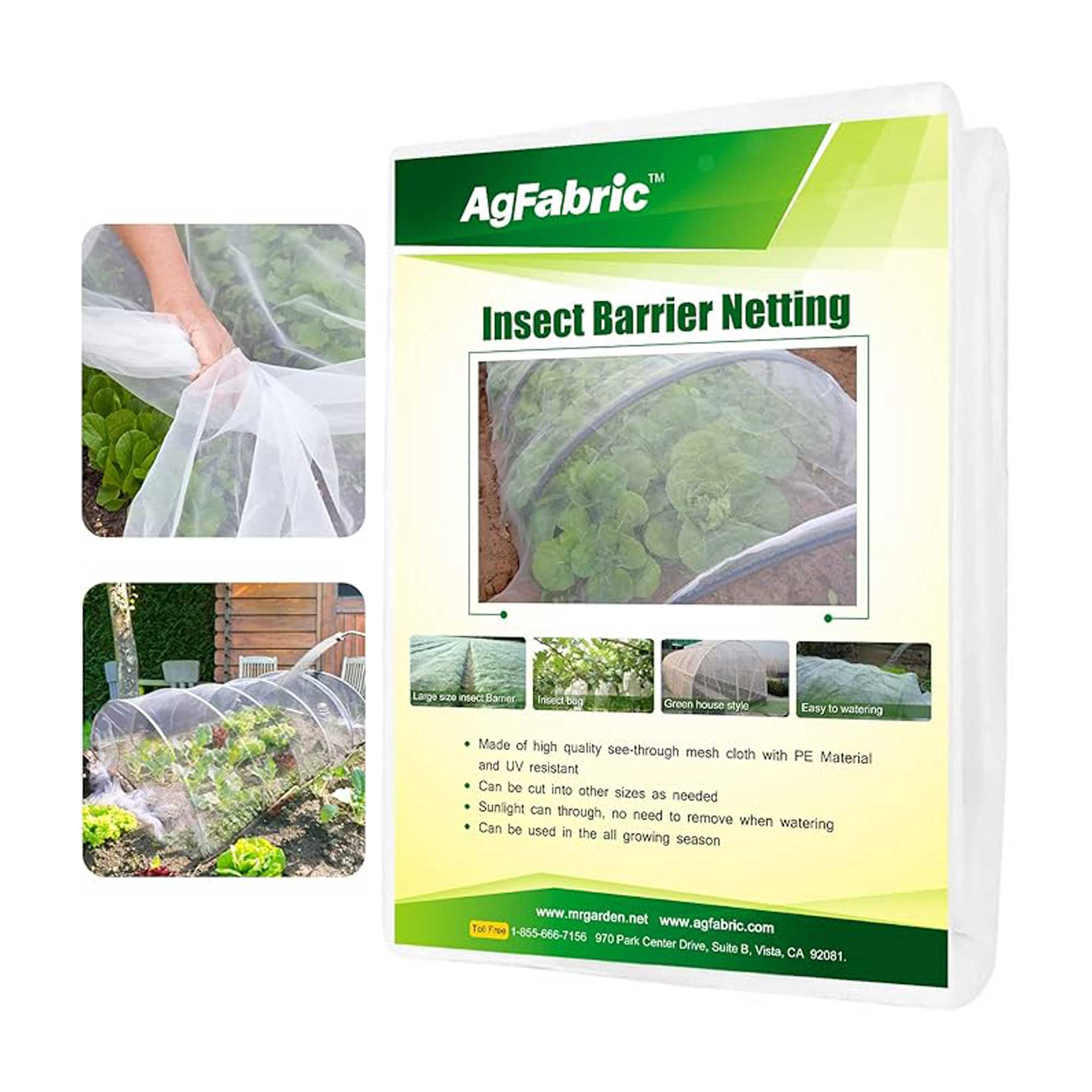
This popular garden netting has a mesh size of 0.03 inches by 0.03 inches, making it safer for wildlife.
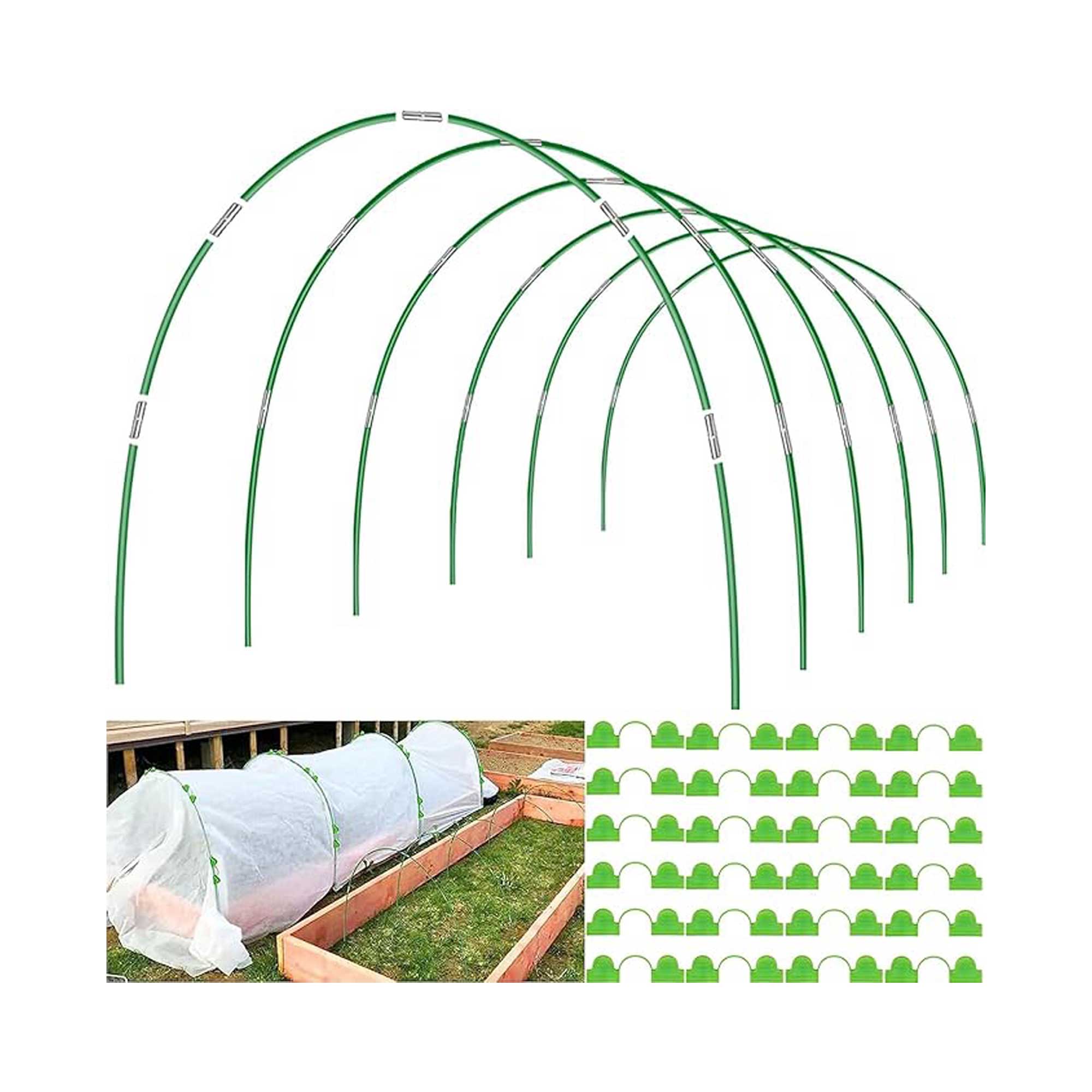
Combine these heavy-duty, bendable hoops with a fine mesh netting to protect your soft fruit crops.
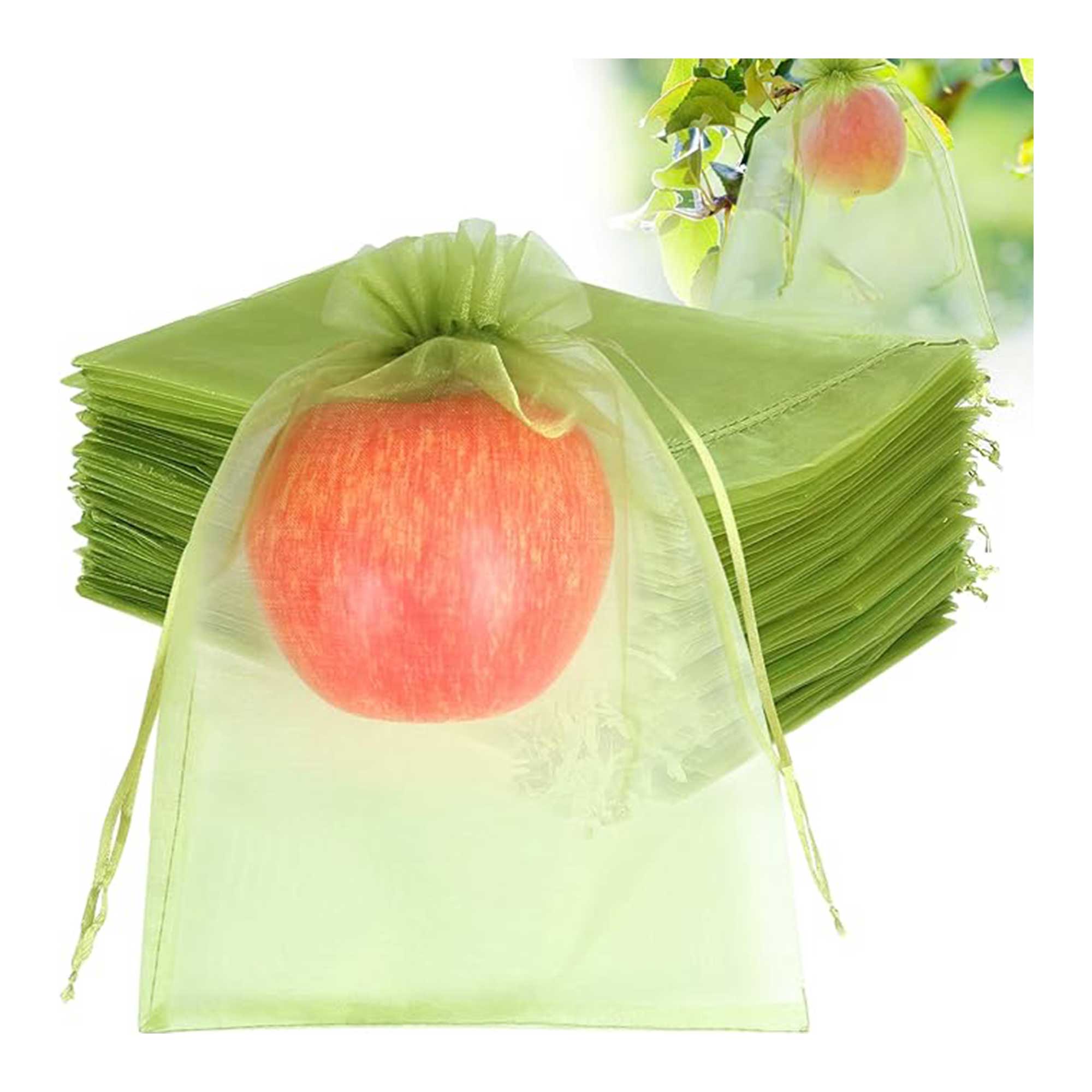
These sturdy, drawstring mesh bags are ideal for protecting individual fruits. As they are washable, they can be reused.

Kiera Faulkner Jekos is a kitchen garden designer and educator based in New York’s Hudson Valley. She’s the founder of Gardenwell, where she teaches organic, ecologically rooted ways to grow food at home, with an eye toward beauty, productivity, and resilience.

David is a naturalist and television host with the National Wildlife Federation. He holds a degree in Human and Natural Ecology from Emory University and is an expert on wildlife and our environment. He’s dedicated to using his knowledge and unbridled enthusiasm to help others understand and protect wildlife.
Companion planting
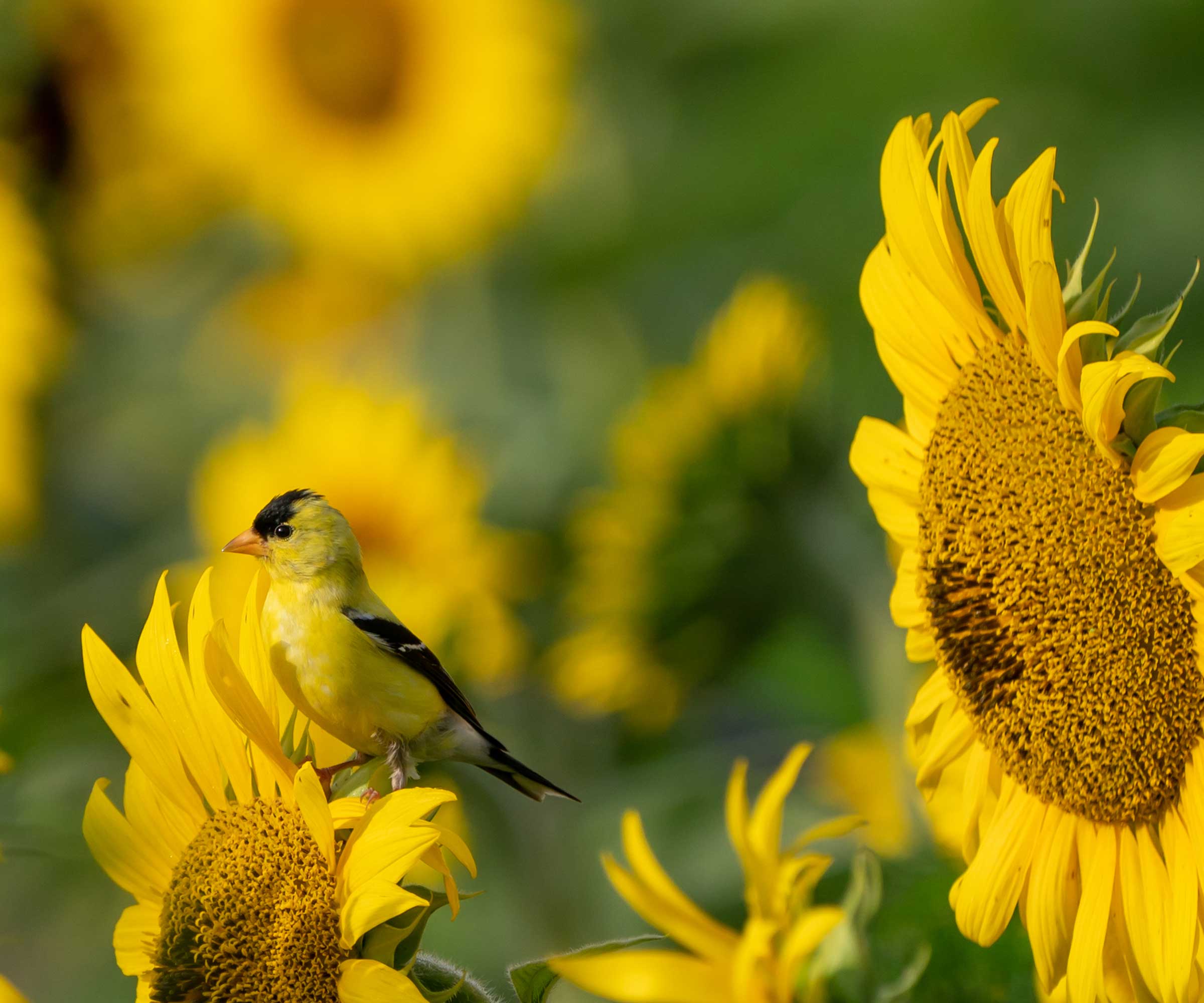
Certain plants can help draw birds away from your crops
'Beyond physical barriers, you can protect the fruits you want to eat by strategically planting native fruits and seeds that birds and other wildlife naturally feed upon,' says David. 'By offering them an alternative food source, you can often draw their attention away from your prize harvest.'
He suggests planting native berry bushes, fruit trees, or sunflowers, which provide food for a variety of species. 'To find native species appropriate for your zip code, use the National Wildlife Federation’s Native Plant Finder.'
Certain 'trap' plants may help draw insect pests away from your crops, too. 'There is some promising research underway exploring their use against spotted wing drosophila, which attack cane fruits,' says Kiera. 'Nasturtiums or members of the mustard family may also help distract aphids and beetles.'
You can also choose companion plants that will confuse or repulse pests with their scent, as Amy highlights. 'By interplanting strongly scented herbs and flowers, you create a confusing "olfactory camouflage",' she explains.
'The potent aromas of plants like garlic, onions, chives, rosemary, and lavender mask the sweet, attractive scent of your ripening fruit. Pests essentially fly into a cloud of competing smells and cannot easily pinpoint their target.'
You can shop for a range of lavender plants from Nature Hills.
'Some plants, like marigolds and chrysanthemums, emit chemicals (called phytochemicals) that are actively repellent to certain pests and some animals,' Amy adds.

Amy has 30 years of experience in the lawn and garden industry and has been with ScottsMiracle-Gro for 13 years. She has a BS and MS in Horticulture from Michigan State University and a PhD in Plant and Environmental Sciences from Clemson University.
Decoys and deterrents
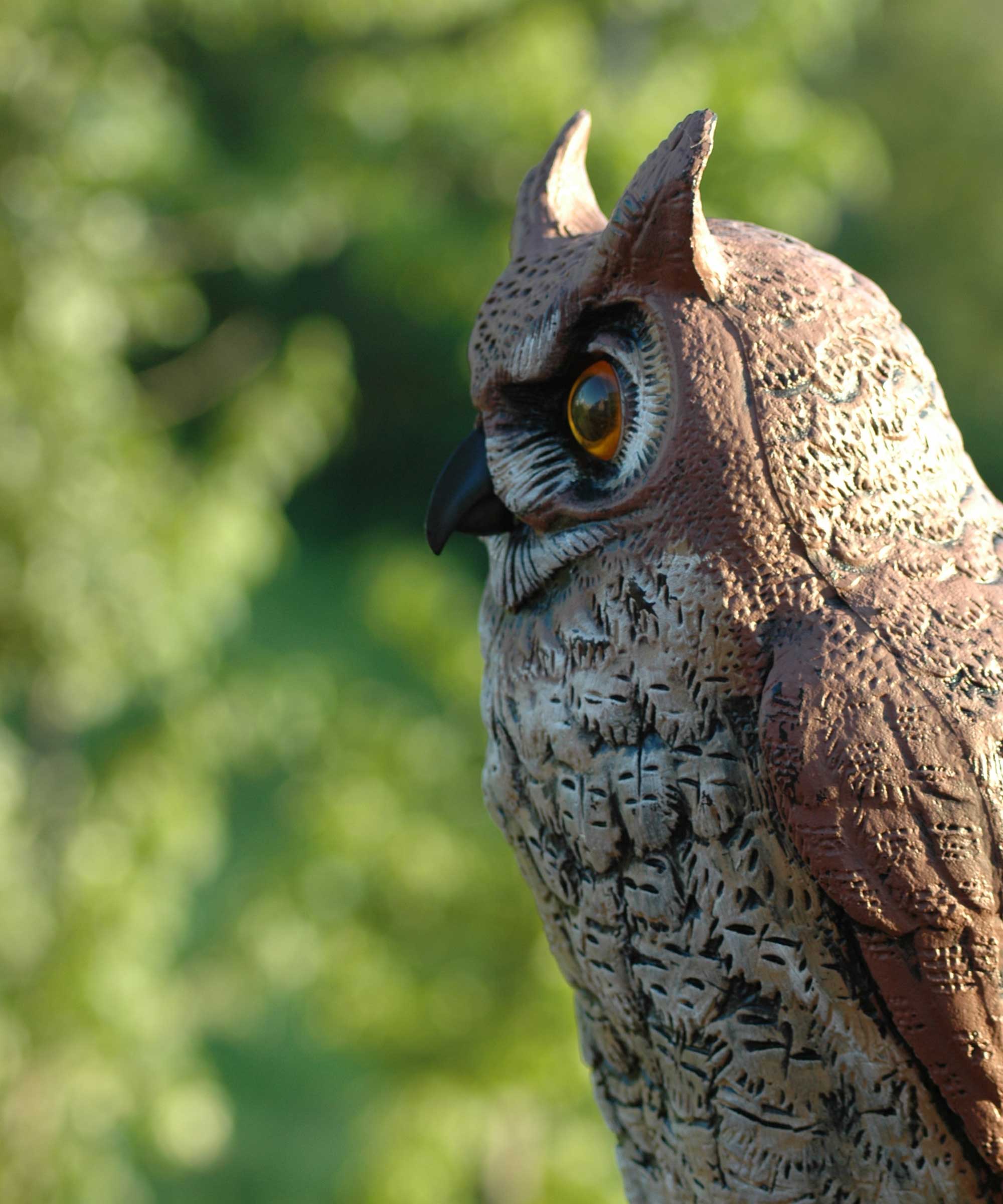
While it may not be much use at keeping insect pests at bay, an owl decoy could deter small birds and mammals
'Hanging shiny objects such as old CDs, aluminum pie plates, or reflective scare tape in and around your plants creates flashing lights and movements that can startle and deter birds and animals,' says Amy.
However, for this method to remain effective, she says it is important to move the deterrents around periodically – this will help prevent backyard visitors from becoming accustomed to them.
Scare tape is available to shop from Amazon – this one from Ruolan is a popular product.
Amy also suggests using predator decoys, such as classic scarecrows or plastic owls, as other visual deterrents. Again, be sure to move them frequently.
Finally, you could consider installing motion-activated sprinklers. 'This is one of the most effective deterrents for a wide range of animals, including deer, raccoons, squirrels, groundhogs, and larger birds,' Amy says.
'When an animal enters the sensor's range, the device instantly triggers a sprinkler valve, shooting out a startling, yet harmless, burst of water.'
She explains that animals will quickly associate your garden with this unpleasant surprise and learn to avoid the area altogether. 'For continued success, it's a good idea to move the sprinkler's location every few weeks to prevent clever animals from figuring it out.'
Want to give it a go? Try this sprinkler from Abco Tech at Amazon.
FAQs
When should you put protective measures in place to protect soft fruits?
'The key is to be proactive, not reactive,' says Amy. 'You need to protect your fruit before it becomes the primary target. The general rule is to deploy protective measures as soon as you see the fruit form.'
She explains that birds, in particular, will often 'test' fruits before they are fully ripe, and once they identify your crop as a reliable food source, they will be relentless. 'By covering the plants when the fruit is still small and green, you prevent them from ever discovering the bounty to come. Waiting until the fruit begins to change color is often too late, as the scouting birds will have already put your garden on their map,' she says.
Top tip: Don't be tempted to install physical barriers too early, as this could prevent pollination.
What should you avoid when trying to protect soft fruits from pests?
'I encourage gardeners to be careful with how they install netting,' says Kiera. 'Loose or draped netting poses a high entanglement risk for birds, small mammals, and snakes, all of whom help keep our garden pests in check.'
'A safer alternative for any netting, especially for fruit cages, is a higher quality, semi-rigid fine mesh, ideally made of steel,' David adds.
Kiera also advises against using sticky traps near edible crops – 'they can unintentionally harm beneficial insects and don’t do anything to protect against our common berry thieves.'
It's also best to avoid broad-spectrum pesticide sprays, which, as Amy explains, are designed to kill a wide variety of insects. They cannot distinguish between a 'bad' bug and a 'good' bug, she explains. 'Spraying them, particularly when your plants are flowering, can inadvertently kill essential pollinators like bees and hoverflies, which will drastically reduce or even eliminate your fruit yield. They also kill the predatory insects – your natural allies – that help keep pest populations in check.'
It's not just soft fruits that can fall prey to hungry visitors – other edibles are vulnerable, too. If you need guidance on how to keep squirrels away from fruit trees, our practical tips will help. And for even more pest-control advice, take a look at our guide on getting caterpillars out of a vegetable garden.
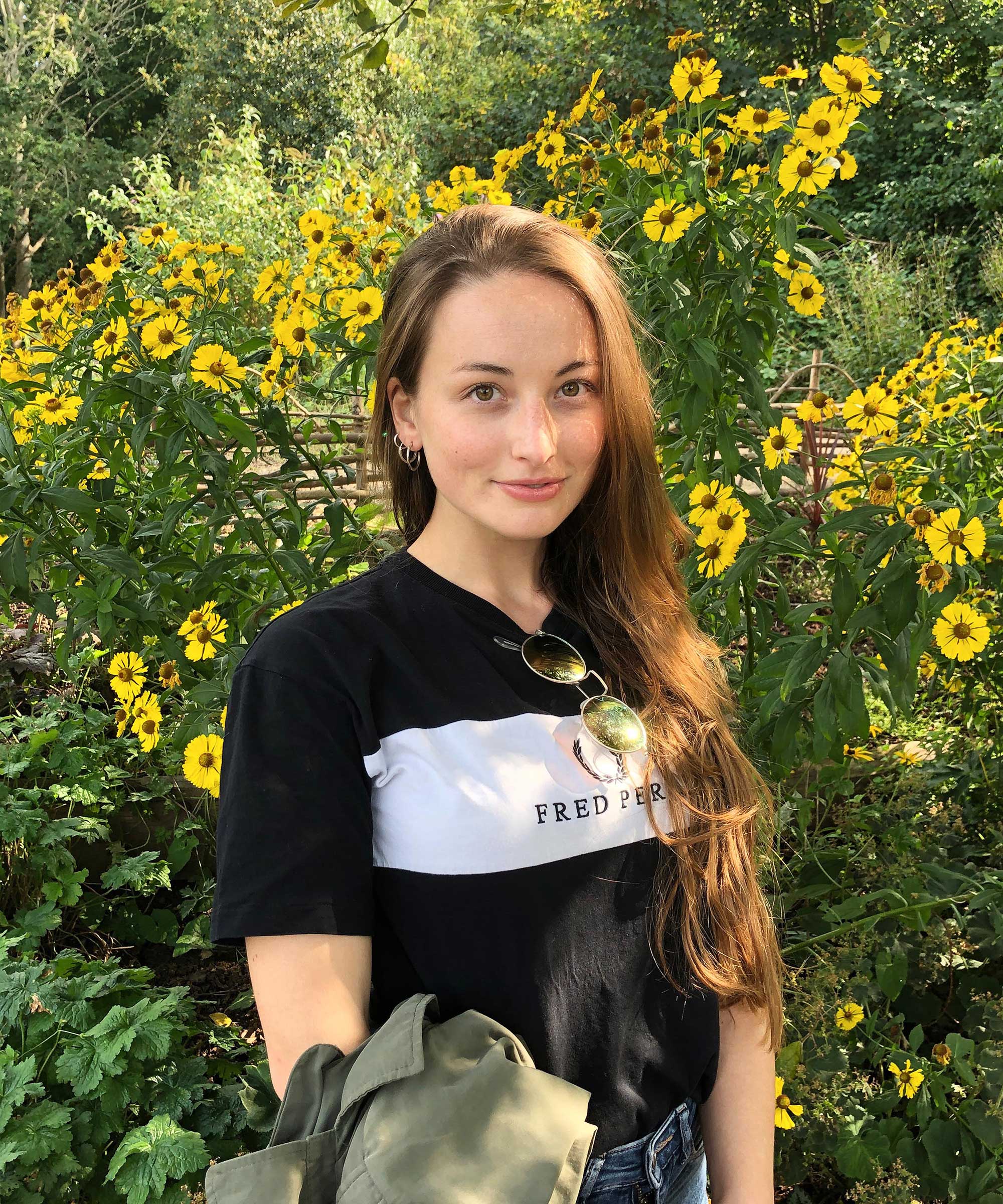
Holly started writing about gardening five years ago, and she is a regular contributor to Homes & Gardens. She has also written many gardening features for Woman & Home and Real Homes, too. She has previous experience as a professional gardener, where she helped to plant and maintain private gardens. Holly has also looked after allotment plots over the years and loves to grow her own flowers and veggies from seed. In her spare time, she enjoys visiting local gardens, botanical drawing, and tending to her ever-growing collection of houseplants.